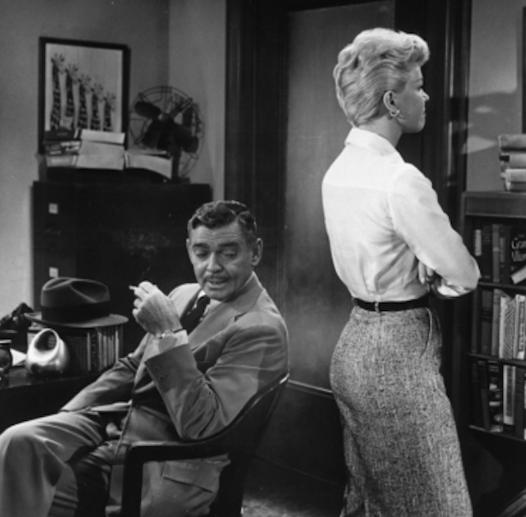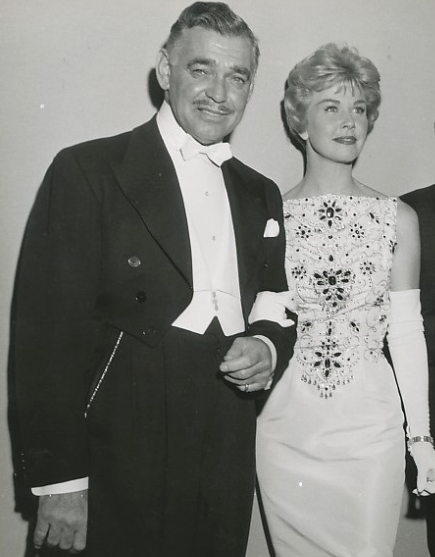 |
| Lucille Ball was more than ready for a close-up in her last RKO film "The Big Street." |
The word on The Big Street was that this film should
have put Lucille Ball over as a star, after years as “Queen of the B’s.” Well,
I was certainly surprised when I recently watched this ’42 RKO flick for the first
time.
Ball bats it out of
the park as Gloria Lyons, the tough as nails nightclub singer, brought low by
her thug boyfriend. Lucy doesn’t hold back a bit as the unapologetic gold
digger who’s determined to overcome personal obstacles and a land a rich
husband. Woe to anyone who gets in Gloria’s way!
 |
| The look on Lucy's face as Gloria says it all as she elbows her way thru "The Big Street!" |
The big problem with The Big Street is the way Lucy’s character
is written. This otherwise sentimental Damon Runyon fairytale seems to have
been hijacked by Of Human Bondage’s Mildred
Rogers. To be specific, Lucy’s Gloria is reminiscent of Bette Davis’ shrewish
Mildred. Ball perfectly plays the role as written and without any winking asides
for audience sympathy, as Joan Crawford did in her bitch roles. But Ball’s
singer bosses worshipful busboy Henry Fonda around like he's her rented mule.
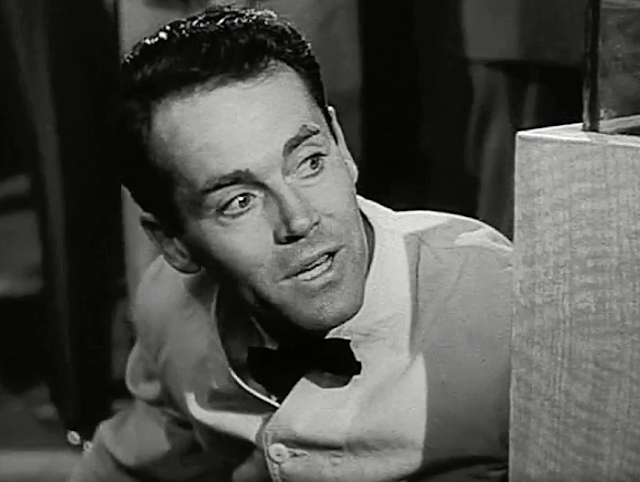 |
| Henry Fonda is endearing, even if his character is inexplicable, in "The Big Street." |
Early on in The Big Street, Ball's songbird gets
smacked by her gangster boyfriend, falls down a small flight of stairs, and is
left paralyzed. Guess who picks up the pieces? Bitter about her plight, Gloria is
not the least bit grateful. Busboy “Little Pinks” and his cronies try their
damndest to lift her spirits, but all “Her Highness” gives is hurling abuse. The Big Street feels like two different
movies: colorful Damon Runyon characters and long-suffering duo of
wheelchair-bound witch Gloria and soft-spoken slave Little Pinks. Lucy's
character and the rest of this movie just do not mesh. This would be the fault
of the director and screenwriter, for not providing balance. One look at the
daily rushes with Gloria barking insults at everyone should alerted them to do
an emergency rewrite, stat.
 |
| Fonda's busboy brings Ball's wheelchair-bound singer home in "The Big Street." |
So, I can absolutely see
why The Big Street was not a hit or a
breakthrough for Lucille Ball. I'm sure that when I Love Lucy was a smash a decade later, later audiences of The Big Street were probably shocked that
this was not their Lucy.
Henry Fonda is
terrific as Little Pinks, quiet and gentle. Hank still possesses his inherent
strength here, but his character makes no sense, agog by this shrew. He’s just as
lovesick Leslie Howard’s Phillip was in Of
Human Bondage, and gets dished the same kind of treatment. There’s a scene
when Gloria gets caught in her wheelchair by a flashy millionaire that she's
trying to land. The smoothie is shocked to see her condition and Gloria takes
it out on Little Pinks, belittling everything he has done for her. Ball lays
into Fonda the way Bette Davis did to Leslie Howard in Bondage and does everything but wipe her mouth like Davis!
 |
| When Gloria gets caught in her wheelchair, she takes it out on her busboy admirer. |
The two disparate
sides are most apparent when everyone tries to help or weep over Ball’s tough
cookie. Gloria’s maid Violet adores her, though she does nothing but snap
insults at her. Louise Beavers almost makes Violet’s devotion believable. Little
Pink’s friends keep trying to lift her spirits, but she's brusque at best. The
scene where the busboy brings the crippled singer to his basement apartment for
a homecoming party is brutal. It’s a big comedown for the glitzy showgirl,
but Ball’s character shows not one iota of appreciation, given that she has
nowhere else to go.
 |
| Louise Beavers brings warmth Violet, the maid who looks after Lucy's shrewish singer. |
The rest of the cast
is quirky fun and has a great time. Agnes Moorehead as Violette “with two t’s!”
and Eugene Pallette as Nicely Nicely make an unusual and lovely couple; Ray
Collins, so often serious or villainous, is a hoot as ringleader Professor B.
These three actors are more often wonderful as baddies, so it’s fun to watch
them play eccentric, good-hearted characters.
 |
| Agnes Moorehead & Eugene Pallette are a pair who love food and each other! |
The final scene is
where Lucy's Gloria Lyons shows some vulnerability, for what’s literally her
last dance. Little Pinks finagles a big party in her honor, where she dies and
gets carried up the staircase, a reverse fatal finale version of Lana Turner's showgirl in Ziegfeld Girl. But Ball’s Cinderella gets her final wish, even if
she’s acted like one of the wicked stepsisters throughout The Big Street. And this final romantic scene is beautifully
performed by both Ball and Fonda.
 |
| Lucille Ball's Gloria finally shows some humanity at the finale of "The Big Street." |
To enjoy The Big Street, you must suspend ALL
disbelief. And then perhaps you can enjoy the great supporting cast, and Ball
and Fonda’s dramatic performances, too.
Here’s my personal look
at the real Lucy, as a baby boomer who grew up with Lucille Ball :
https://ricksrealreel.blogspot.com/2021/12/id-rather-love-real-lucy.html
FYI: I put my movie overflow on my public FB movie
page. Check it out!
https://www.facebook.com/groups/178488909366865/
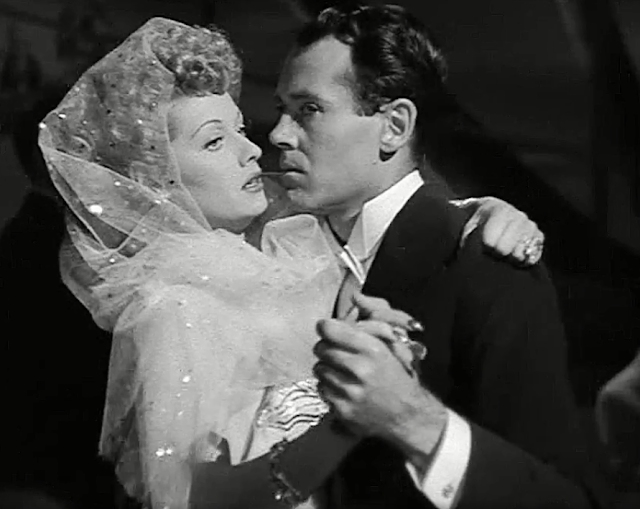 |
| Lucille Ball & Henry Fonda make a damn handsome couple in "The Big Street!" |

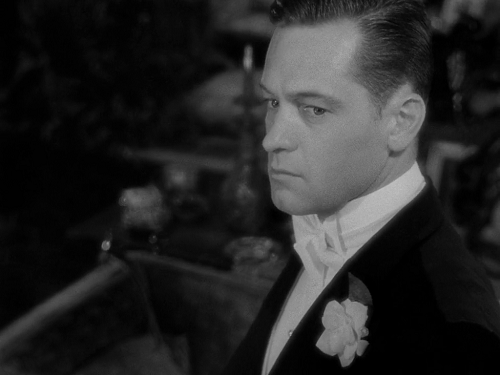
.jpg)













